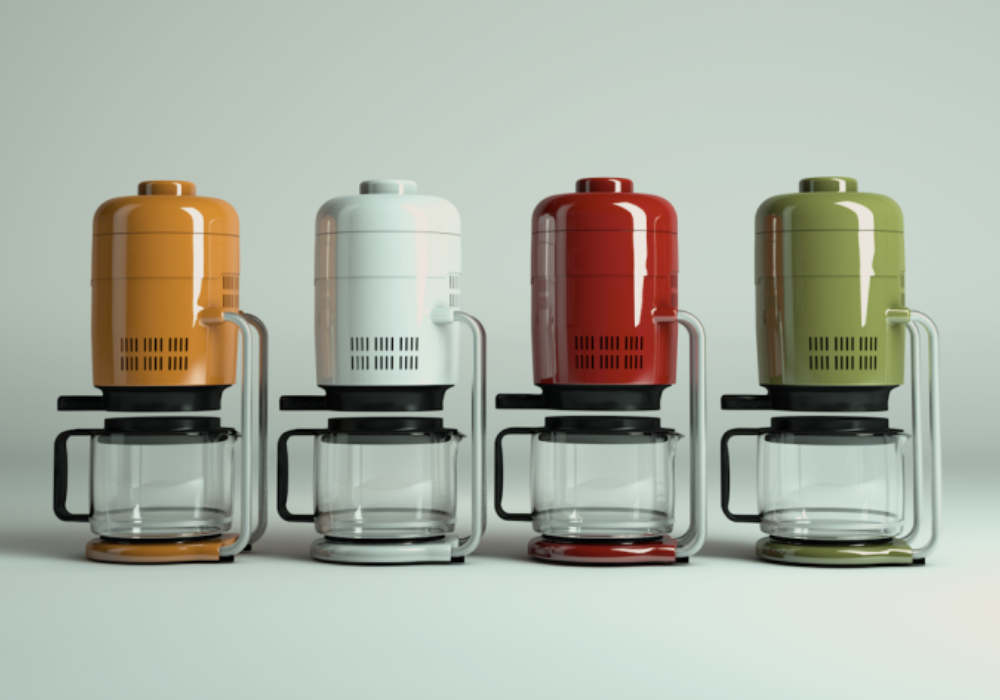Coffee. Coffee fuels hackers, coders and security wonks alike. For hackers of my generation, we tackled many a problem and brewed many a pot with a Braun. And within its hourglass shape lies a lesson for today’s security professionals.
The chief designer at Braun from 1961-1995 was Dieter Rams. He was behind the ubiquitous Braun coffeemaker from the 1980s. (I had a hand-me-down pot in my workshop in the 1990s.) Now you might think the shape was for decoration. Makes sense. One of Dieter Rams’ ten principles for good design is that good design is aesthetic. You’d be wrong.
Attractiveness for the sake of attractiveness isn’t Dieter Rams point. His design aesthetic was first solving the problem, and then solving the problem in a beautiful way.
The hourglass coffeemaker’s shape stemmed from a problem with the plastic. Plastic casings were still relatively new at the time. The process wasn’t producing plastic that was strong enough. The fluting provided strength and structure. As Dieter Rams wrote, “what was often misunderstood as some kind of post-modern decorative element had in fact a definite structural function.”
Applying this to cyber security: first design to meet the security requirements, then redesign using the same elements to provide a good experience.

Good Design is Aesthetic
I’m nostalgic about Braun KF 157 coffeemaker. But I’m in love with the Braun KF 20.
The KF 20 was ahead of its time. It looked like science fiction. In the futuristic world of Alien set in 2122, there was the Braun KF 20.
Florian Seiffert designed the coffeemaker in 1972. Following Dieter Rams direction and principles, every stylistic element has a functional purpose. The end result is well-designed, well-intentioned, beauty.
“It is truly unpleasant and tiring to have to put up with products day in and day out that are confusing, that literally get on your nerves, and that you are unable to relate to.” Dieter Rams spoke of products like coffee pots. But he just as easily could have been describing security controls.
Good security has a design aesthetic that is relatable and understandable.

This article is part of a series on designing cyber security capabilities. To see other articles in the series, including a full list of design principles, click here.
Posted by